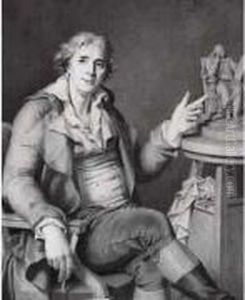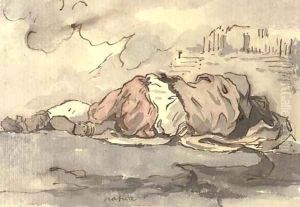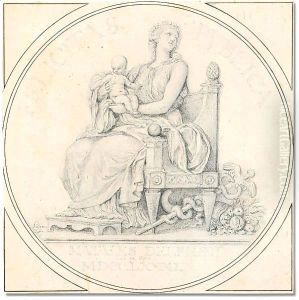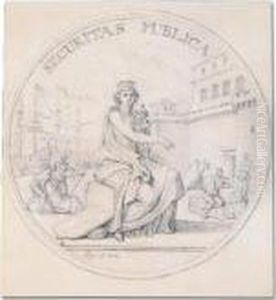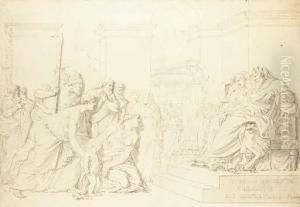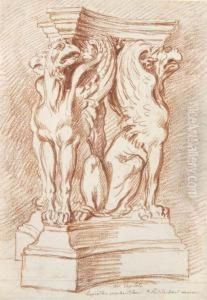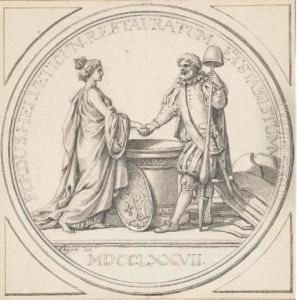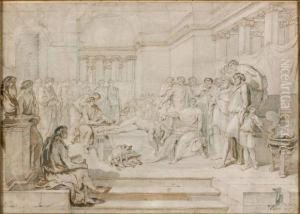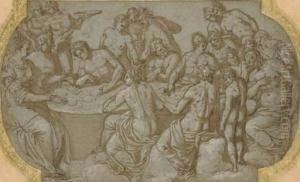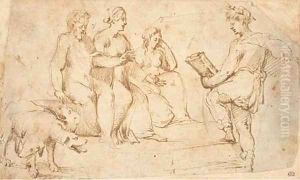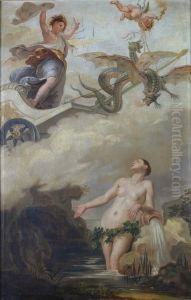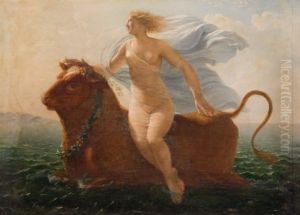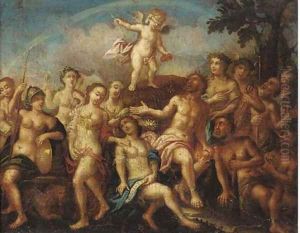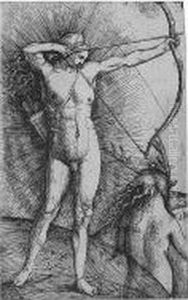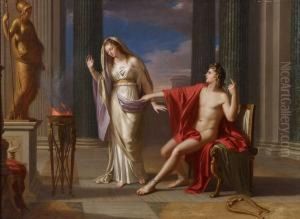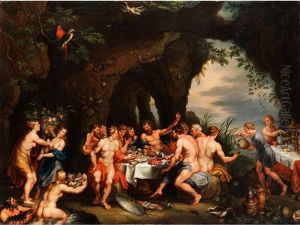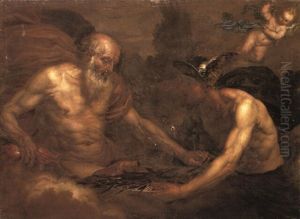





Pluton enchainant Cerbere (Pluto enchaining Cerberus)
-
About Reproduction
Bring the timeless beauty of Jacques-Augustin Pajou's Pluton enchainant Cerbere (Pluto enchaining Cerberus) into your home with a handmade oil painting reproduction. Carefully recreated on canvas by skilled artists using traditional techniques, this piece captures the delicate brushwork, subtle light, and vibrant color of the original masterpiece. With museum-level quality and rich texture, it brings elegance and artistic depth to any space. Enjoy free shipping and make this masterpiece a part of your personal collection.
-
Original Description
Jacques-Augustin Pajou's Pluton enchainant Cerbère (Pluto Enchaining Cerberus) is a striking neoclassical sculpture that captures the intense moment when Pluto, the Roman god of the underworld, subdues Cerberus, the fearsome three-headed guard dog of Hades. The dramatic composition, with Pluto's commanding stance and Cerberus's coiled, resisting form, exudes power and tension, showcasing Pajou's mastery of dynamic classical narratives. Created in the late 18th century, this work reflects the revival of Greco-Roman aesthetics during the Enlightenment, where mythological themes were reinterpreted with precise, harmonious forms. Pajou, an academic sculptor trained at the French Academy, skillfully balanced idealized beauty with narrative intensity, making this piece an exemplary work of the period. Though not as widely recognized as some of his contemporaries, Pajou's Pluton enchainant Cerbère remains a significant example of neoclassical sculpture, embodying the era's fascination with mythological heroism and refined craftsmanship.
For home or office décor, this sculpture’s bold classical theme and dynamic energy make it a striking focal point in a study, library, or executive space. Ideally positioned on a pedestal or console table, its mythological narrative pairs well with rich wood furnishings, marble accents, or subdued neoclassical interiors. The sculptural detail—especially the interplay of motion and restraint—calls for muted, warm tones (deep browns, golds, or grays) to let the artwork command attention without clashing. A well-lit alcove or a spot with natural light would enhance its three-dimensional presence. If choosing a reproduction, opt for a medium-sized version (around 20–30 inches tall) to ensure impact without overwhelming the space. Complement it with antique globes, leather-bound books, or gilded mirrors to reinforce the intellectual and timeless ambiance it evokes. Avoid overly modern decors; instead, lean into traditional or transitional styles where its historical weight feels purposeful yet harmonious.
-
Lead Time & Shipping
When you order this oil painting replica, it typically takes 2-3 weeks to paint. If the artwork is more complex, it might need a little more time to ensure the best quality. Once it's ready, we'll send you a photo for your approval. After you give the green light, we'll ship it to you for free.
-
Return & Refund
We believe in the quality of our hand-painted oil painting reproductions, and your satisfaction is our priority. If for any reason, you are not completely satisfied with your purchase, we offer a 45-day return policy. You can return your artwork within 45 days of receipt and receive a full refund. Please note that the artwork must be returned in the original packaging and in the same condition as it was received.





















